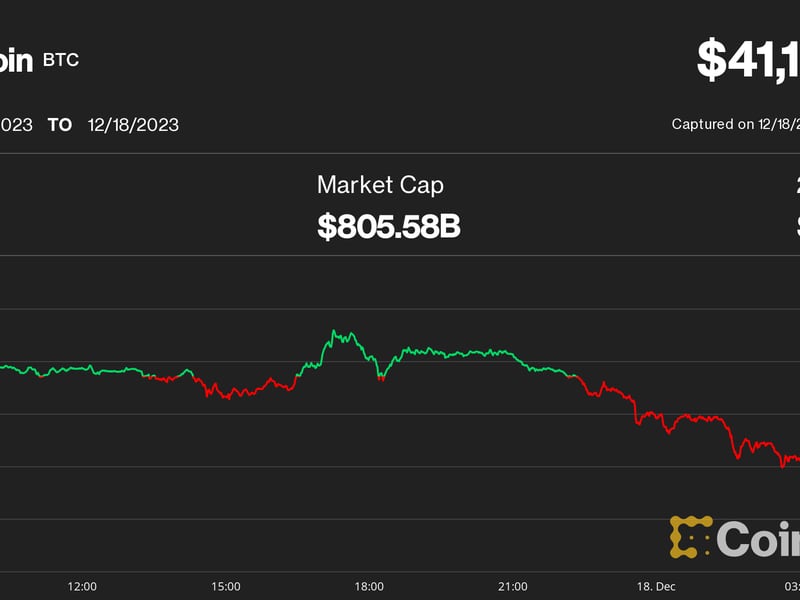Lido DAO Rebukes LayerZero by Endorsing Rivals Wormhole, Axelar for Crypto Bridge
/arc-photo-coindesk/arc2-prod/public/LXF2COBSKBCNHNRE3WTK2BZ7GE.png)
Blockchain protocols frequently pride themselves on their “permissionlessness” – the idea that anyone, anywhere can build on top of a protocol without asking for explicit approval.
But in practice, it is sometimes wiser to ask for permission.
Last October, LayerZero, the market-leading firm that builds interoperability infrastructure for blockchains, set up a crypto bridge allowing users to move Lido’s popular staked ETH (stETH) token to other networks, including Binance’s BNB chain and the Avalanche blockchain.
LayerZero had asked Lido DAO – the community that governs the protocol – for its endorsement, but it deployed the bridge before waiting for the group’s official go-ahead.
There wasn’t anything technically impermissible about that, and it wasn’t even entirely unprecedented – Lido has used various bridges in the past, and not all of them waited to launch until after a community vote. But LayerZero’s marketing was particularly triggering some members of the Lido DAO community – critics thought LayerZero had tried to pass itself off as an official Lido partner without the DAO’s sign-off. “Announcing something that wasn’t even voted on as if it was already a reality is disrespectful to the DAO, and a clear gesture of unseriousness,” one member posted in the Lido DAO governance forum at the time.
A letter signed by a consortium of crypto infrastructure providers at the time suggested that LayerZero appeared to be inappropriately seizing the first-mover advantage as a way to “lock in” users ahead of competitors.
“By unilaterally deploying a bridge and marketing it in an official-seeming way, it feels like you are trying to pressure the DAO into accepting your proposal to avoid liquidity fragmentation and bad UX for users,” Hasu, a Lido strategic advisor, said in the Lido DAO forums. “Driving users to it through marketing makes accepting an alternate bridge proposal more painful. These actions put the DAO, Lido stakers, and participating chains in a difficult position.”
The reason this is all such a big deal – and so controversial – is that as more blockchains proliferate, cross-chain “interoperability” is becoming paramount.
There’s an intense turf battle underway between bridge protocols, the key infrastructure needed to make cross-chain interoperability work. But these services are also problem-prone, which is why protocols can be precious about where they dole out their endorsements.
Lido’s stETH endorsement is seen as a big prize for interoperability providers, because Lido is the biggest decentralized finance (DeFi) protocol of all, with a total value locked or TVL of $20.8 billion, according to DeFi Llama.
This week, Lido DAO members made their displeasure with LayerZero known in a temperature-check poll: 81% of votes went in favor of a rival bridge proposal from two of LayerZero’s biggest competitors, Axelar and Wormhole.
Pending a formal vote ratifying the Axelar-Wormhole proposal, the bridge will soon become Lido’s “official” provider for moving stETH tokens to BNB Chain.
“Axelar and the Wormhole teams decided to collaborate and put a joint proposal together, where effectively the security of both of the networks gets combined together to achieve strong security properties for moving staked ETH from one chain to the other,” Sergey Gorbunov, CEO of Interop Labs, the initial developer of Axelar, told CoinDesk in an interview.
LayerZero Labs CEO Bryan Pellegrino did not respond to CoinDesk’s request for comment.
LayerZero was clearly in its competitors’ crosshairs as they put together their proposal. Gorbunov told CoinDesk the Axelar-Wormhole proposal was specifically aimed at preventing “vendor lock-in” – whereby service providers use their first-mover advantage to permanently cement themselves into a protocol’s infrastructure.
The Axelar-Wormhole bridge “can be extended potentially to support other bridge providers on the back-end if the Lido Foundation chooses,” Gorbunov explained.
LayerZero’s competing proposal for the official endorsement received a measly 5% of the tally in this week’s temperature-check poll.
“This is a bigger deal, in my opinion, than a normal kind governance vote,” Robinson Burkey, the Wormhole Foundation’s chief commercial officer, told CoinDesk. “It became more about principle than the actual technology here.”
“Being able to communicate what you feel as a token holder is in the best interest of the protocol,” he continued. “If you take that power away from a token holder, then you’re kind of chipping away at the fundamentals of decentralization.”
Correction (Jan. 25, 02:34 UTC): It’s Interop “Labs,” not Interop “Foundation.”
Edited by Bradley Keoun.









